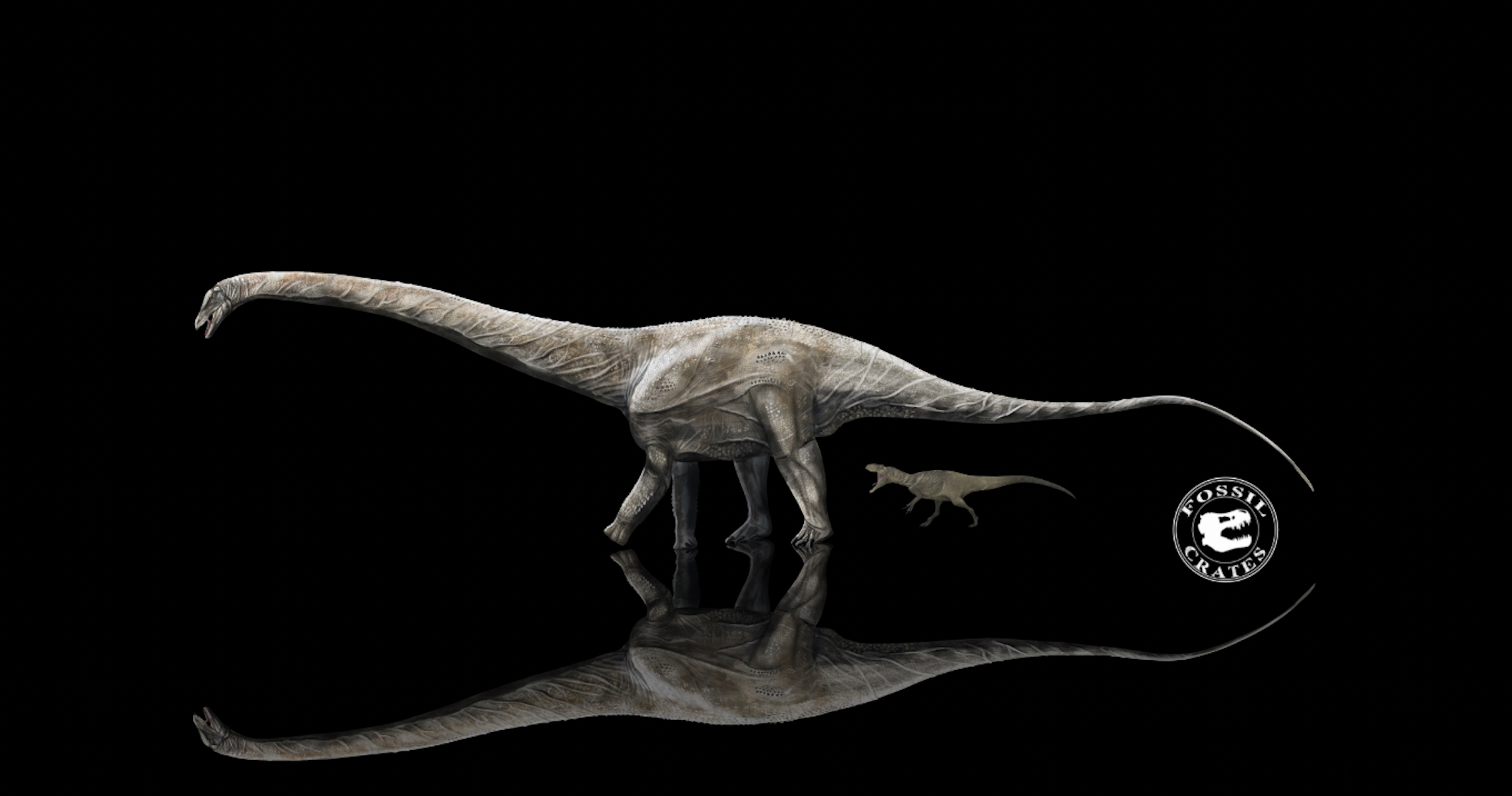Scientists discover ‘longest-ever’ dinosaur the length of five London buses after fixing fossil mix-up
Dinosaur may have been about 39 metres long, possibly reaching over 40 metres, from snout to tail

The longest dinosaur to have ever roamed the planet may have measured more than 40 metres from snout to tail — about the length of five London buses — according to a new study of fossils that were previously mixed up with other specimens.
The aptly-named Supersaurus is believed to have lived about 150 million years ago during the Jurassic period, The new findings, which are yet to be peer reviewed, were presented online this month at the Society of Vertebrate Palaeontology’s annual conference.
If the results of this study are validated, it would make the Supersaurus longer than any other known dinosaur, including the other contender Diplodocus, which could have reached lengths of about 33m, according to a 2006 study by researchers from the University of Western Australia.
Although Supersaurus has always been known to be one of the largest dinosaurs, the new research showed it to be “the longest dinosaur based on a decent skeleton,” Brian Curtice, a palaeontologist at the Arizona Museum of Natural History who led the study, told science news website Live Science.
Scientists assessed bone fragments from the Dry Mesa Dinosaur Quarry in southwestern Colorado, from where the earliest Supersaurus specimen of a 2.4m-long scapulocoracoid – two fused bones that make up the shoulder girdle in adult dinosaurs – was uncovered in 1972.
Jim Jensen, who made this discovery in 1972, also found additional bones in the same pit, which he thought belonged to two other giant dinosaurs, later named Ultrasaurus and Dystylosaurus.
But over the years palaeontologists debated whether Ultrasaurus and Dystylosaurus were valid discoveries and the possibility was explored that their bones were misidentified and actually belonged to a single large Supersaurus.
For instance, one of the other scapulocoracoid bones uncovered at the site was about 25cm longer than the other, prompting many scientists to believe it belonged to a different dinosaur genus.
But the current study showed that the bone was actually distorted, and once the length disparities due to cracks in the other scapulocoracoid specimen were accounted for, the fossil matched that of the Supersaurus.
Based on this evidence as well as the observation that no other excessively large dinosaur bones were found nearby, the scientists believe the “3m long right scapulocoracoid belongs to the same individual as that of the 3m left scapulocoracoid.”
“...disarticulated, paired ischia, pubes and scapulocoracoids belong to the same individual based on morphology, size, and proximity,” Dr Curtice noted in the abstract presented at the conference.
The study pointed out that the Supersaurus may have also had a 17m long tail, as a result of comparing the shoulder bone fossil to those of other closely related large dinosaurs and digitally reconstructing other missing parts in proportion to the discovered bones.
“The new elements indicate Supersaurus may have exceeded 39m in length,” Dr Curtice said, adding that the giant beast’s neck alone may have exceeded 16m in length.
Join our commenting forum
Join thought-provoking conversations, follow other Independent readers and see their replies
Comments
Bookmark popover
Removed from bookmarks